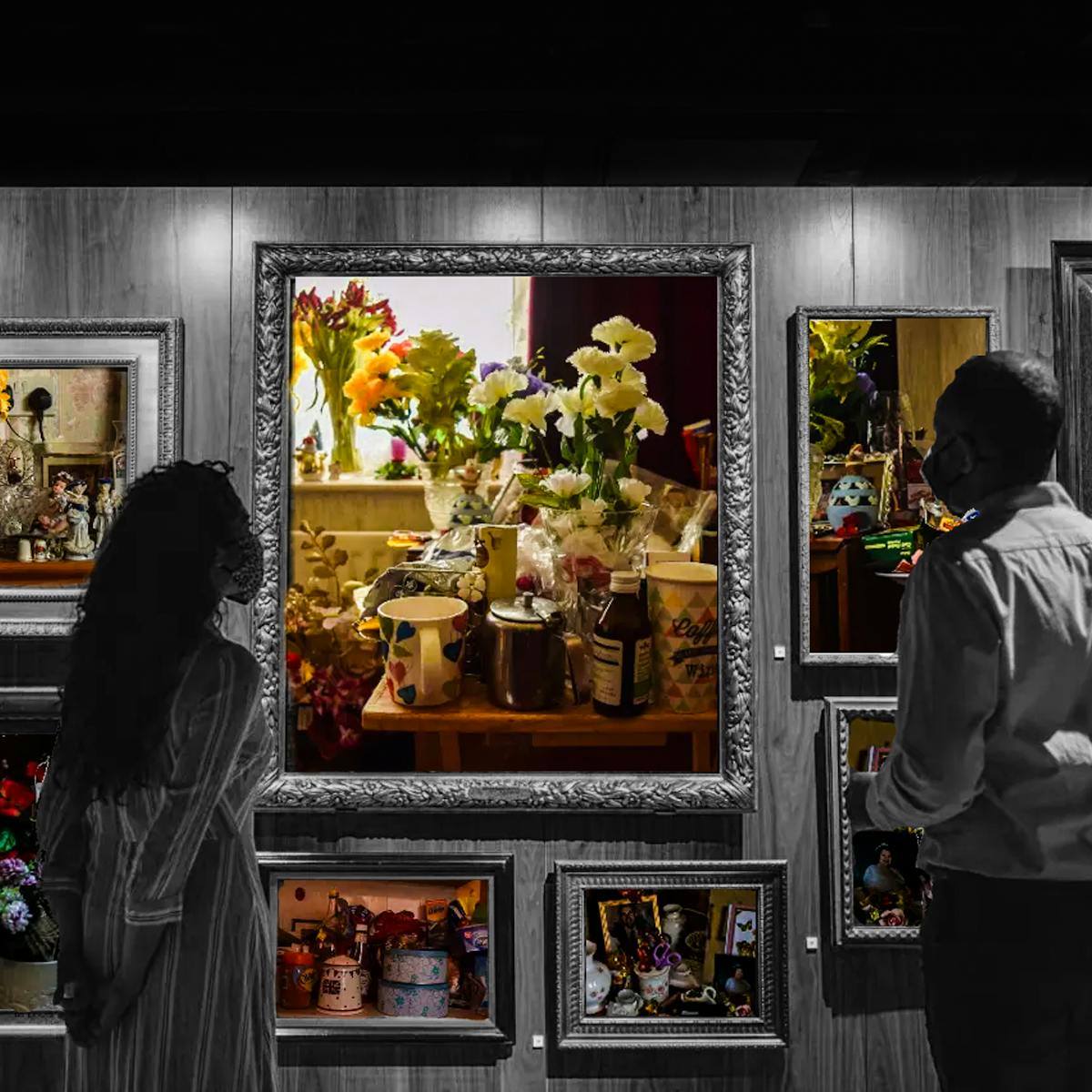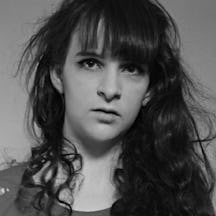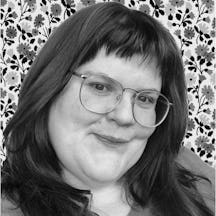Being told she was hoarding by an embarrassed doctor was of little help to Georgie Evans’s grandma or her family. As Georgie attempts to understand her grandma’s need to accumulate things, she asks what makes one set of objects a collection and another a hoard. But the more she tries to find out about hoarding, the more elusive and under-discussed it seems.
I think it was 2013 when I sat cross-legged on the floor, in an office in our local hospital, pretending to read a book. In front of me, my mum and my grandma were talking to a doctor, trying to figure out what to do. Mum had to be there because, in situations like this, Grandma needed someone to interpret for her. I can’t remember why I was there too. Mum supporting Grandma; me supporting Mum, I suppose.
The doctor was the first to say it: “We need to look at hoarding.” I understood a little of what it meant – but not much. Mostly I sensed his embarrassment.
I remember sitting in silent frustration, reading the same line of my book over and over. I didn’t think what the doctor was saying could be true.
Henry Wellcome’s collection
It’s February 2022 and Wellcome Collection has recently reopened its doors after another Covid-19 lockdown. I head inside to see an exhibition showing some of Henry Wellcome’s original collection.
This gallery is dark and all the items and paintings are lit by spotlights, bright and mysterious in their glass boxes. I look around, moving quietly, as if someone were asleep in the corner. I don’t know much about medicine, but I’m interested in all these things, all these ways humans have manoeuvred around ill health.
I walk around the gallery again. This time, I’m reading the descriptions closely, paying attention to the language. They say Henry Wellcome amassed these objects; he sourced them; collected; acquired; obtained; purchased. There seems to be one word missing.
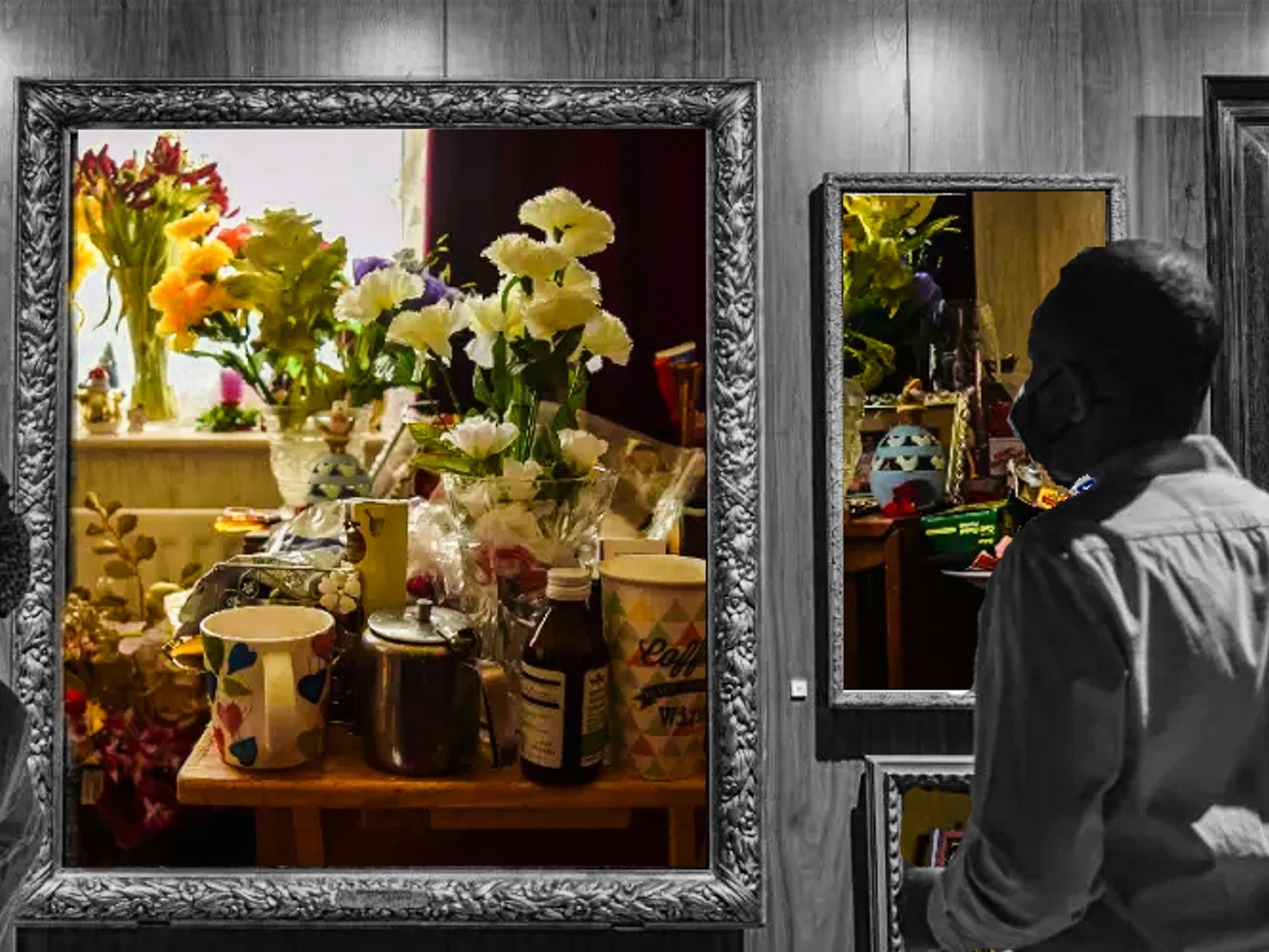
“They say Henry Wellcome amassed these objects; he sourced them; collected; acquired; obtained; purchased.”
I know that this is different from Grandma’s bungalow, and that there was a coherent project behind Wellcome’s collection. My grandma’s house was full because that was how she needed it, and few people would have found use for the kinds of things she collected.
Henry Wellcome had over a million items. Who’s to say this is any more legitimate than my grandma’s bungalow?
But we talk about hoarders and collectors with such contrast, as if it’s the nugatory value of hoarders’ belongings that makes them undeserving of care. Henry Wellcome had over a million items. Who’s to say this is any more legitimate than my grandma’s bungalow? In some ways, her things also belonged in a gallery. They could have been seen.
The doctor diagnoses hoarding
I thought the doctor was wrong. Grandma had started to become a bit forgetful; surely that was why she bought and bought and ended up with 15 bars of soap slipping around the sink. It made no sense to me that she’d buy more stuff, knowing what she already had.
But that day in 2013, the doctor decided. “From what you’ve told me, and from what I’ve seen of the social workers’ notes, what you’re doing equates to hoarding,” he said. My grandma looked to my mum, who repeated the words, but more slowly. Grandma just nodded. Smiled.
That diagnosis – if it was a diagnosis – did almost nothing for Grandma, from then until she left the bungalow towards the end of 2021. It only helps me, now, to recognise what I’d seen as a child. To understand what was actually happening at that time.
I don’t remember the rest of that day, but Mum probably drove us back to the bungalow. Perhaps we stopped somewhere for lunch on the way. Probably not: taking Grandma anywhere meant we’d be trying to coax her, unsuccessfully, away from the shops, and she’d end up leaving with yet another full bag of things, repeats of items she already owned.
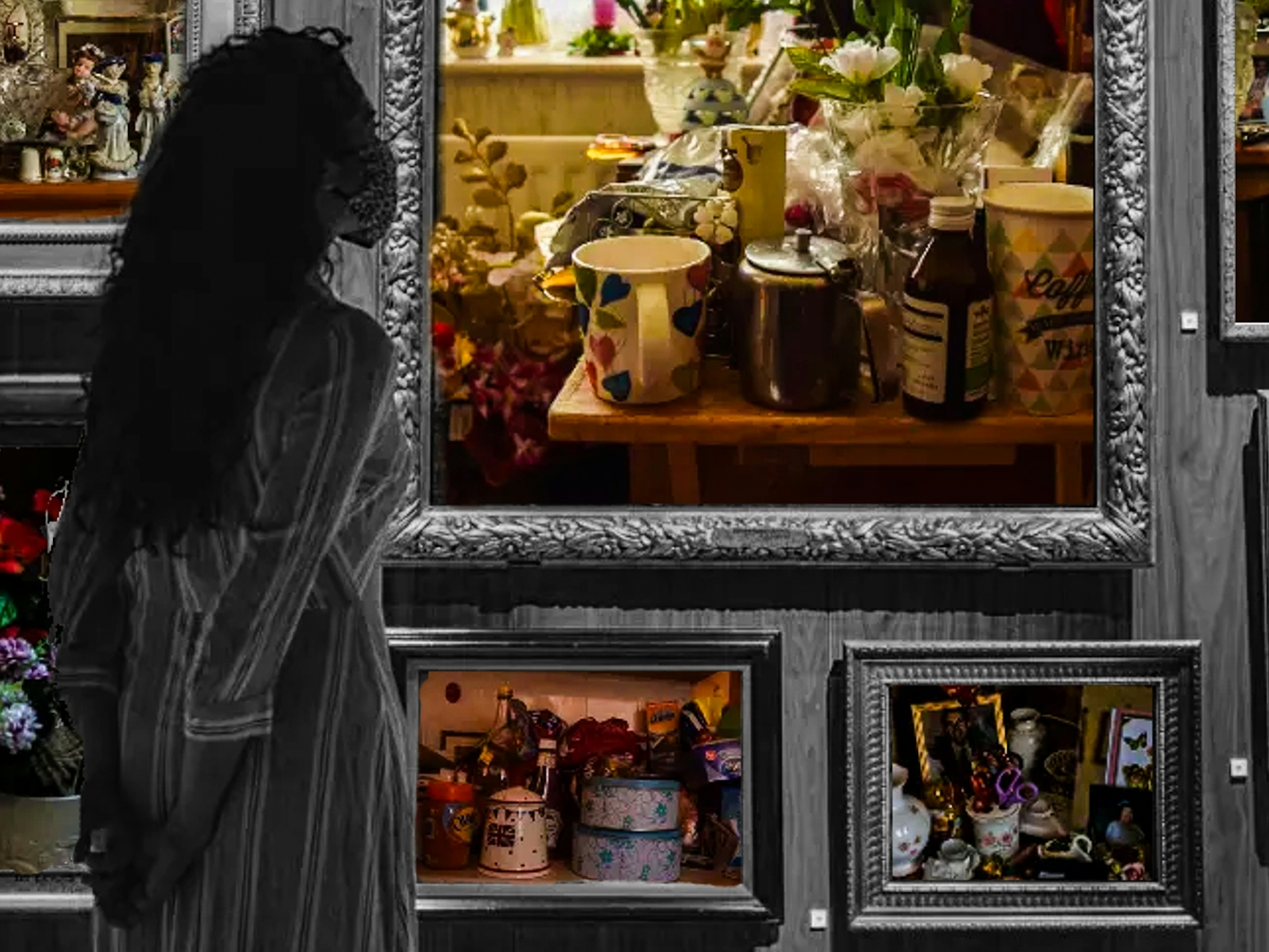
“It must be stressful to place so much faith and comfort in objects that can be lost or thrown away.”
A source of stress and comfort
I leave Wellcome Collection and walk south, past Russell Square and through Holborn to go and sit by the river. I don’t live in a city any more, so one thing I like to do is walk through London, take my time soaking it in. There’s so much stuff.
It’s a shame hoarding behaviour is seen as something to fix. I see the comfort in it, and the safety. But I also understand that environments can become hazardous to live in, and the compulsion of hoarding itself can be frustrating and unpleasant for the person and those close to them.
There were some unpleasant and scary consequences of Grandma’s hoard, too: she fell a few times, trying to get between rooms. There were times she had ants and animals. And the frustration, upset, anxiety – the bitter arguing over what could be thrown away – the physical overwhelm of it.
It must be stressful to place so much faith and comfort in objects that can be lost or thrown away. For the thing that brings you a sense of control to look, to everyone else, like a lack of control. And it’s complicated, medically. Hoarding is still classified under the obsessive compulsive disorder (OCD) umbrella, but more recent research suggests it is distinct from OCD and related disorders.
This implies that not everyone who hoards also experiences compulsions, but I don’t know. No one seems to know; I can’t find the research. I started writing to find the roots of hoarding – where and how and why it happens – but every time I find new information, it seems to push me further from my answer.
Hoarding is elusive, under-discussed. We can’t even decide who does it and who is just messy, or interested in objects. We don’t know enough.
About the contributors
Georgie Evans
Georgie Evans is a writer and bookseller from Halifax. She has an MA from Goldsmiths University and has published words in Brixton Review of Books, the Rialto, the Pomegranate, and the Telegraph. She is currently working on a hybrid non-fiction book about deafness and dementia.
Nicole Coffield
Nicole Coffield, also known as Collage Graduate, is a digital collage artist based in Northern California. Her work is composed of forgotten ads and images that are reworked to tell a new story.
